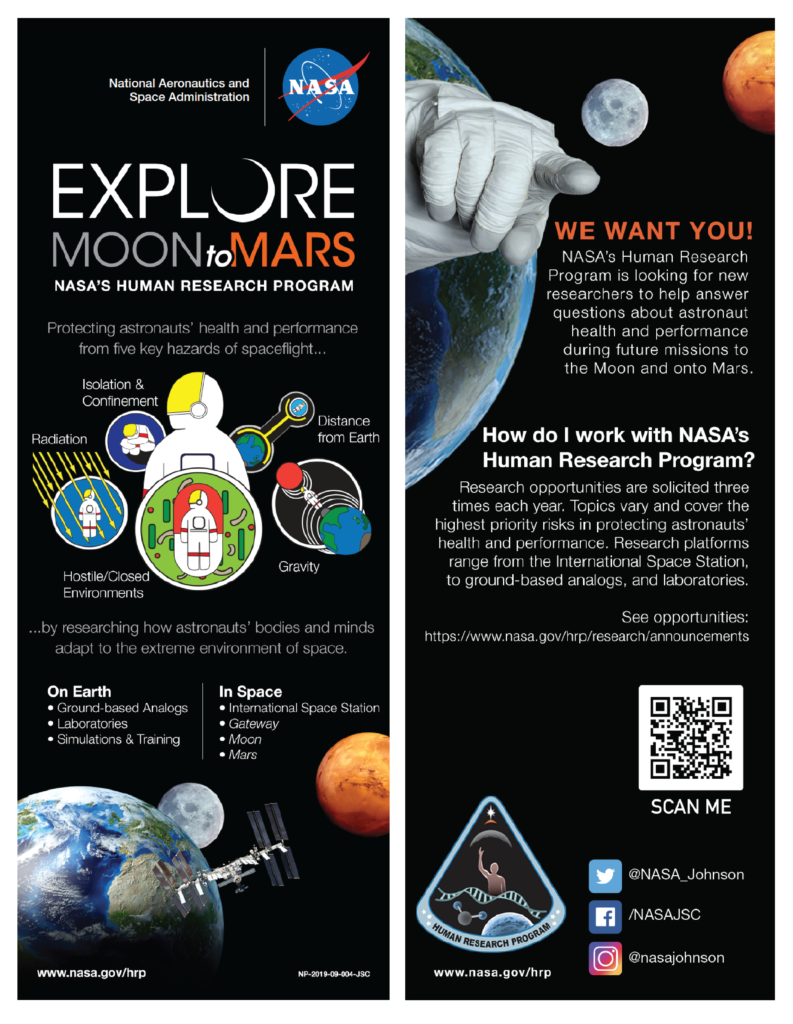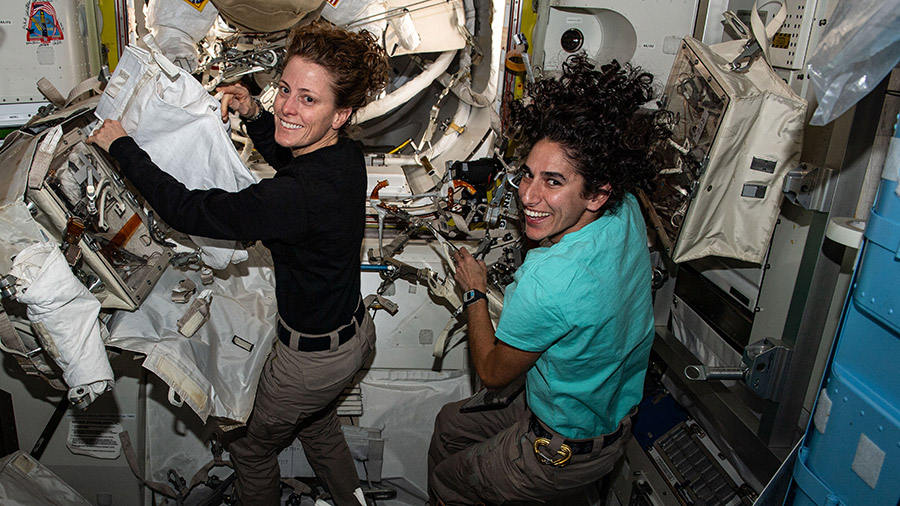
Disease detection, cellular immunity, and free-flying robotics were the top advanced research topics aboard the International Space Station on Wednesday. Meanwhile, the Expedition 72 crew members wait to send off a U.S. cargo spacecraft while preparing for the year’s final spacewalk.
Scientists on the ground are using the orbital outpost’s microgravity environment to learn how to detect genetic mutations and viruses that can cause illnesses, such as cancer and other diseases, on Earth and in space. NASA Flight Engineer Don Pettit processed samples of RNA, a nucleic acid, in the Harmony module’s maintenance work area for visualization in a handheld fluorescence viewer. Results may enable the quick identification of genetic sequences that can affect human health to better protect astronauts on missions to the Moon, Mars, and beyond.
NASA Flight Engineer Nick Hague began his day collecting his blood and saliva samples. He processed the specimens and stowed some of the samples in a science freezer and placed others inside the Kubik research incubator for later analysis. Doctors will study the samples to understand and prevent space-caused cellular stress and tissue damage. Hague also took off the Bio-Monitor headband and vest and downloaded the health data collected over two days from the biomedical wearables.
Working in the Kibo laboratory module, NASA Flight Engineer Butch Wilmore outfitted the toaster-sized Astrobee robotic free-flyer with a small docking mechanism for the Clingers technology demonstration. Engineers on the ground monitored the Astrobee as it tested autonomous navigation, docking, and undocking techniques using the Clingers device. Insights may boost space industry standardization of in-space refueling, repair, and manufacturing operations.
Station Commander Suni Williams from NASA opened up the Materials Science Laboratory (MSL) inside the Columbus laboratory module troubleshooting its components. The MSL enables safe, high-temperature observations of materials such as metals, polymers, semiconductors, and more in weightlessness to discover new applications and create new materials.
Mission managers waved off the planned return of a Dragon resupply spacecraft on Thursday, Dec. 12, due to forecasted unfavorable weather conditions at the splashdown site off the coast of Florida. NASA and SpaceX now are targeting Saturday, Dec. 14, for the next undocking opportunity of NASA’s SpaceX 31st commercial resupply services spacecraft.
NASA’s live coverage of Dragon’s undocking and departure begins at 10:50 a.m. EST on NASA+ as the spacecraft autonomously undocks from the Harmony module’s forward port around 11:05 a.m. on Saturday. Learn how to watch NASA content through a variety of platforms, including social media.
Roscosmos Flight Engineers Alexey Ovchinin and Ivan Vagner continued their spacewalk preparations on Wednesday. The duo checked their suits for leaks, tested communications and medical hardware, and installed spacewalking gear inside the Poisk module. The cosmonauts will exit Poisk into the vacuum of space at 10:10 a.m. EST on Thursday, Dec. 19, and spend about six hours and 40 minutes removing science experiments and relocating robotic hardware.
Cosmonaut Aleksandr Gorbunov began his day working on video and computer hardware throughout the station’s Roscosmos segment. Afterward, he entered the Nauka science module activating the European robotic arm (ERA) and verifying mission data uploaded to the ERA.




